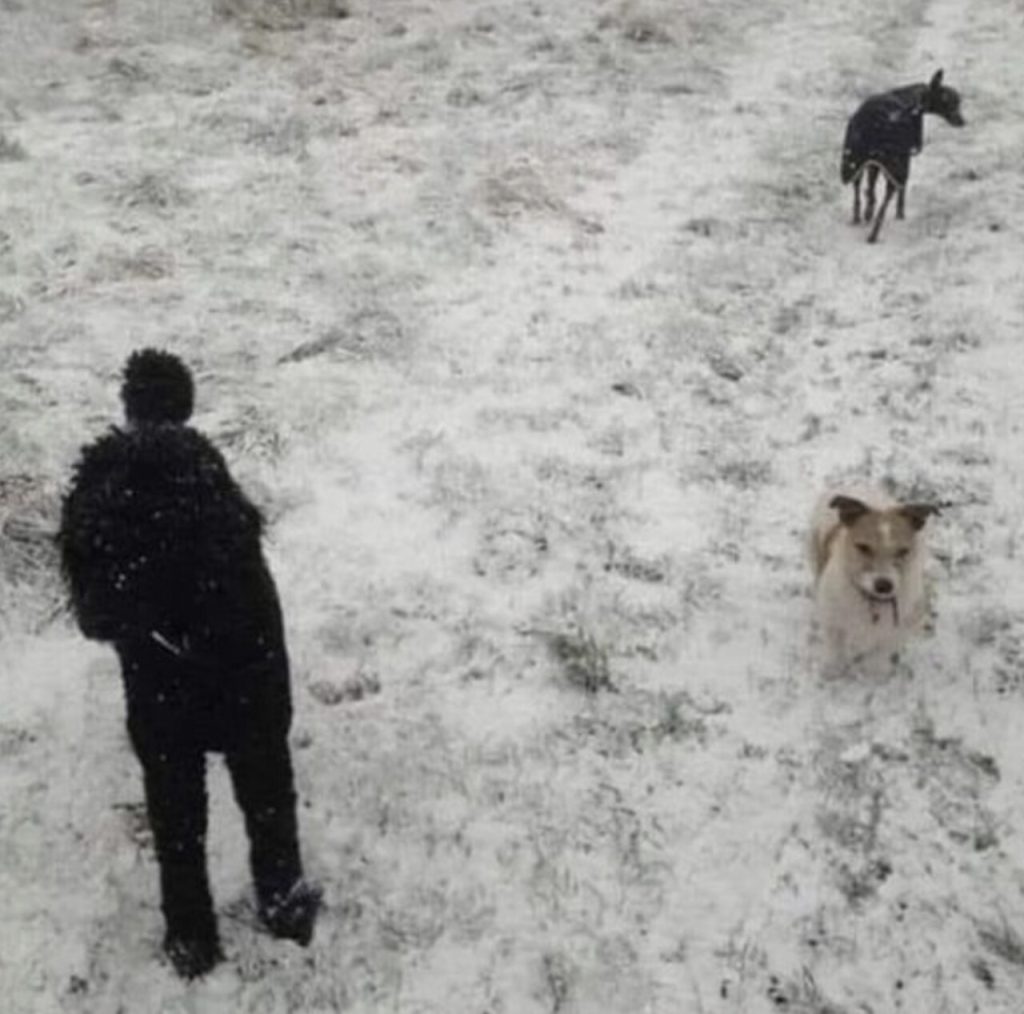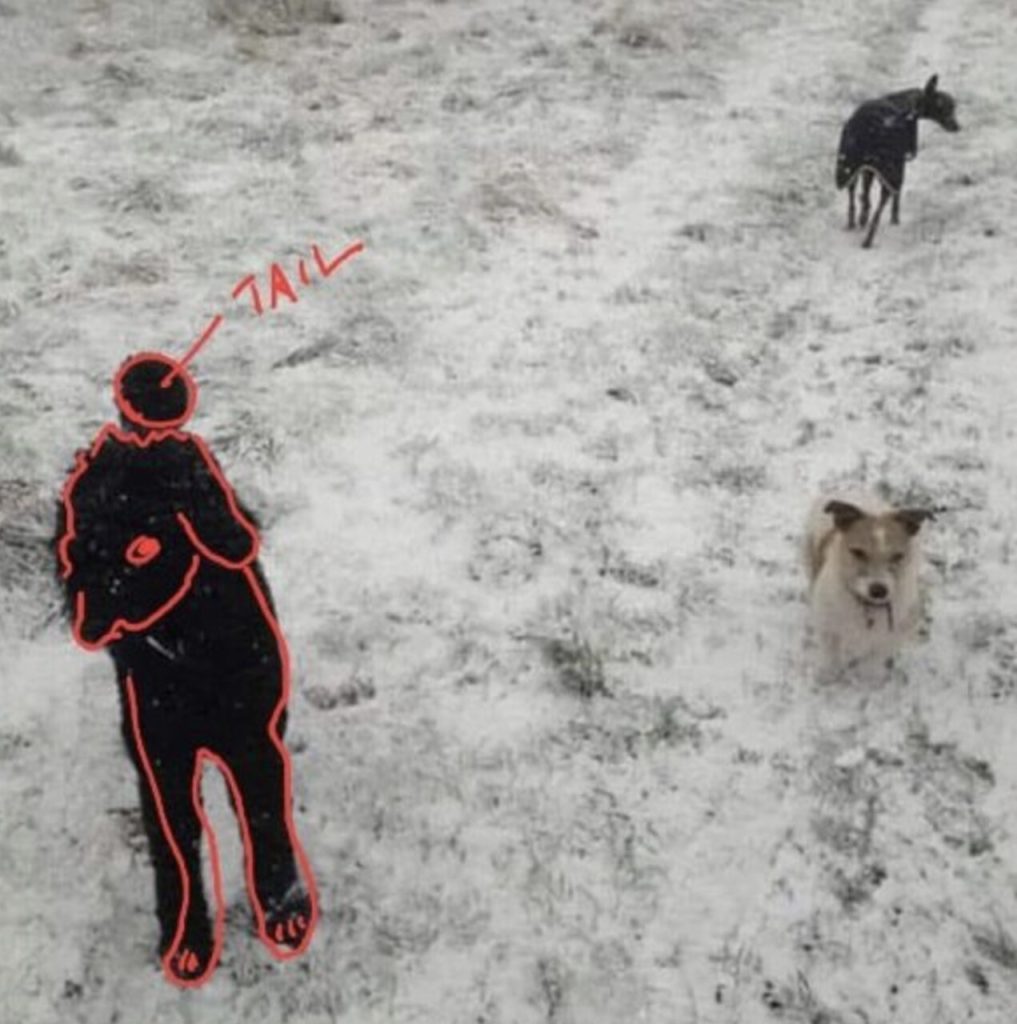Optical illusions have a way of captivating us no matter our age. They intrigue our senses, challenge our perception, and make us question what we see versus what is actually there. These clever tricks remind us of the fascinating complexities of how our eyes and brains work together to interpret the world. Over time, optical illusions have become more than just visual phenomena—they’re a testament to the wonders of human perception.
One of the most thrilling aspects of optical illusions is their ability to surprise us. Even when we know an illusion is just that—a trick—our minds still fall for it, marveling at the difference between perception and reality. Across history, many iconic illusions have been carefully crafted to mislead our senses. These creations don’t just entertain; they demonstrate the brain’s extraordinary capacity for interpretation and adaptation.

A Historical Marvel: The Ames Window
Among the countless optical illusions that have puzzled and amazed us, the Ames Window stands out. This ingenious creation is designed to look like a simple, rotating window. However, instead of appearing as a flat surface moving in a straightforward manner, the Ames Window creates the illusion of moving forward and backward in a continuous cycle. This intriguing effect has inspired various artistic experiments, including a mesmerizing animation of Van Gogh’s Starry Night. The animation breathes life into the painting, creating a sense of movement that further captivates the viewer.
The Ames Window isn’t just an entertaining visual; it’s a brilliant example of how our brains construct reality. It demonstrates how our perception can be manipulated by cleverly designed visuals, forcing us to question what we think we see.
The Hidden Surprise in Optical Illusions
If you thought the Ames Window was impressive, get ready for a twist. One optical illusion in particular has been making waves for its ability to reveal a hidden surprise. At first glance, it appears to show two dogs in the frame. However, there’s a third “dog” cleverly concealed in plain sight—and it’s not a real dog at all!
The secret? The third dog is actually a human disguised as a black poodle. That’s right—the person in the image is so skillfully camouflaged that most viewers miss them entirely on the first look. The illusion takes advantage of our brain’s tendency to focus on shapes and patterns, making it difficult to distinguish the human figure from the “dog.”
Take another look at the picture. Notice how the supposed poodle is “staring” directly at the camera. Its fluffy tail doubles as a hat, and its head mimics the look of a scarf. The person in the furry jacket and hat? That’s the poodle! Once you spot the hidden figure, it becomes easier to identify in future viewings, though it’s no less impressive.
For many, finding the third dog takes a moment of realization, followed by amazement at the artist’s ingenuity. If you’re still struggling to see it, don’t worry—you’re not alone. The illusion is so meticulously crafted that it often takes multiple attempts to uncover the hidden figure.
How Our Brains Get Fooled
So, why is it so difficult to spot the third “dog” right away? The answer lies in the way our brains process visual information. In this illusion, the human figure’s black coat blends seamlessly with the shadows, tricking our minds into interpreting the shape as a poodle. Instead of focusing on details, our brains prioritize the overall form, which resembles a dog. This phenomenon highlights how easily our perception can be influenced by visual cues.
Optical illusions like this one challenge our understanding of reality. They remind us that what we see isn’t always the full story. Instead, our brains work hard to piece together fragmented information, sometimes making mistakes along the way. This interplay between perception and interpretation is what makes illusions so fascinating.
The Enduring Appeal of Optical Illusions
Optical illusions are more than just fun distractions; they’re windows into the complexity of human cognition. Each illusion reveals something new about how we see and interpret the world. Whether it’s the Ames Window or the cleverly disguised poodle, these illusions keep us engaged and amazed.

The next time you encounter an optical illusion, take a moment to appreciate the artistry behind it. These creations aren’t just tricks—they’re carefully crafted experiments in perception. And who knows? You might uncover a hidden surprise that others have missed.
Stay curious and observant, and let optical illusions remind you of the incredible capabilities of your brain. With each illusion you decode, you’ll gain a deeper appreciation for the intricate relationship between your eyes and your mind. Keep looking closely—you never know what hidden marvels you’ll discover!





